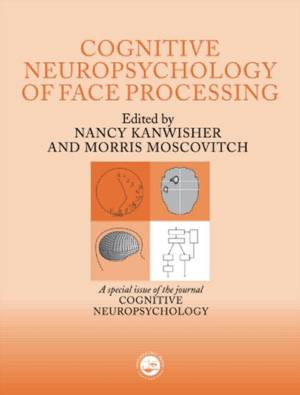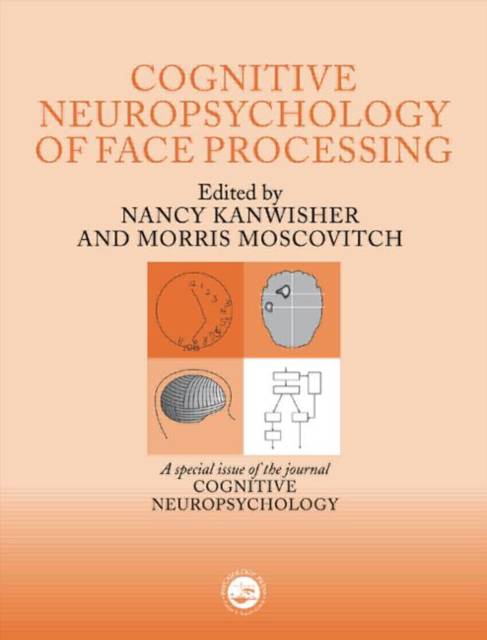
- Afhalen na 1 uur in een winkel met voorraad
- Gratis thuislevering in België vanaf € 30
- Ruim aanbod met 7 miljoen producten
- Afhalen na 1 uur in een winkel met voorraad
- Gratis thuislevering in België vanaf € 30
- Ruim aanbod met 7 miljoen producten
Zoeken
The Cognitive Neuroscience of Face Processing
A Special Issue of Cognitive Neuropsychology
Nancy Kanwisher, Morris Moscovitch
€ 195,95
+ 391 punten
Uitvoering
Omschrijving
For social primates like us, faces may be the most biologically significant stimuli we view. Faces provide information not only about identity but also about mood, age, sex, and direction of overt attention. Does our ability to extract this information from faces rely on special-purpose cognitive and neural mechanisms distinct from those involved in the perception of other classes of visual stimuli? If so, how do those mechanisms work? Do these mechanisms arise from experience alone, or is there an innate predisposition to create them? How is face recognition affected by development and aging? What is the relation between face recognition and other cognitive functions such as memory and attention and the neural substrates that mediate them? This special issue showcases new findings from many investigators in this field who address these fundamental questions in studies that use a wide range of experimental techniques including brain imaging, ERPs, patient studies, and single-unit recording in monkeys.
Specificaties
Betrokkenen
- Auteur(s):
- Uitgeverij:
Inhoud
- Aantal bladzijden:
- 304
- Taal:
- Engels
- Reeks:
Eigenschappen
- Productcode (EAN):
- 9780863776144
- Verschijningsdatum:
- 25/05/2000
- Uitvoering:
- Hardcover
- Formaat:
- Genaaid
- Afmetingen:
- 196 mm x 252 mm
- Gewicht:
- 771 g

Alleen bij Standaard Boekhandel
+ 391 punten op je klantenkaart van Standaard Boekhandel
Beoordelingen
We publiceren alleen reviews die voldoen aan de voorwaarden voor reviews. Bekijk onze voorwaarden voor reviews.











